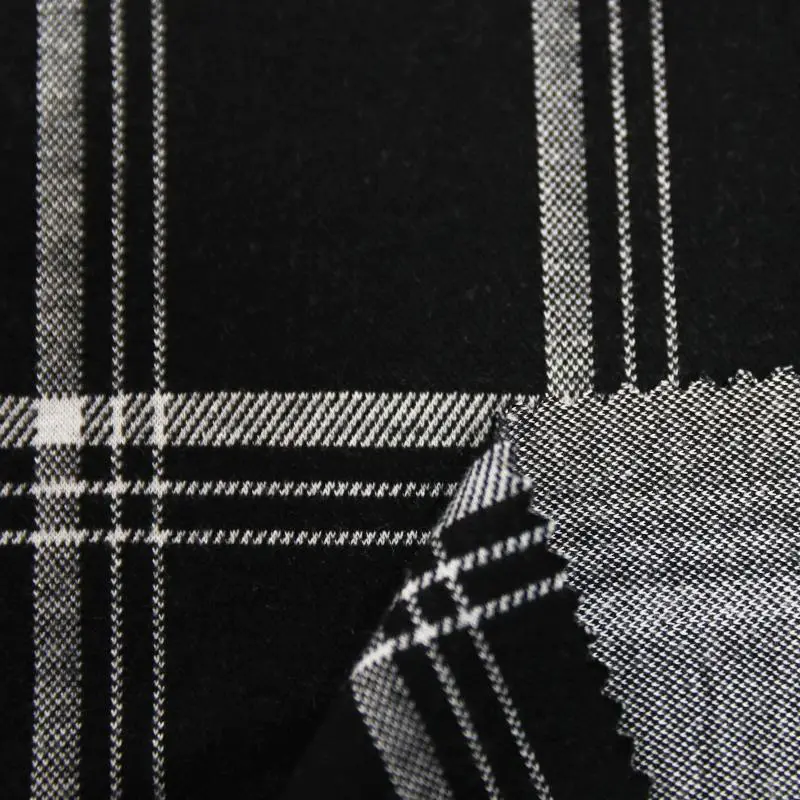 0571-82995618
0571-82995618 [email protected]
[email protected]- Wholesale Blended Fabrics Manufacturers
What is the production process of flame retardant fabrics?
The production process of flame-retardant fabrics: Simply put, it is rolling and baking. Specifically, it must be rolled first, that is, through chemical agents, and the second step is ammonia fumigation. At this time, the ammonia smell of the fabric will be very serious. The ammonia fumigation enhances the washability of the fabric, but the flame retardant performance is still Not very stable. So the next step is to go through an oxidation process to reduce the smell of ammonia smoke. In the tentering process, the overall performance of the fabric will be much better, and then pre-shrinking is carried out to control the shrinkage of the fabric. At this time, the finishing process of the fabric is complete.
Does flame retardant cloth have heat resistance?
There are many types of flame-retardant fabrics. According to the needs of different industries, flame-retardant fabrics with different functions are used. Fabrics with heat resistance are not available. Some fabrics have heat resistance. Basically, the fabrics with heat resistance are aramid flame-retardant fabrics and acrylic flame-retardant fabrics. They are often used by workers who work in high-temperature environments. Special proportions of acrylic flame-retardant fabrics are also used. It has different levels of anti-arc performance.

How to determine the flame retardant properties of fabrics?
It is judged from the burning rate of the flame-retardant cloth. That is, the flame-retardant fabric is exposed to the flame for a period of time according to the prescribed method, and then the flame is removed, and the time for the fabric to continue to burn with flame and without flame, and the degree of damage to the fabric. The shorter the flame burning time and the flameless burning time and the lower the degree of damage, the better the flame retardant performance of the fabric; on the contrary, the poor flame retardant performance of the fabric.
What is the general classification of functional flame-retardant fabrics?
Cotton flame-retardant fabric, flame-retardant anti-static fabric, cotton-nylon flame-retardant fabric, CVC flame-retardant fabric, acrylic flame-retardant fabric, anti-mosquito fabric, anti-acid and alkali fabric, anti-ultraviolet fabric, multifunctional flame-retardant fabric, oil resistance Water fabrics and so on.

Hangzhou Jinfeng Textile Co., Ltd